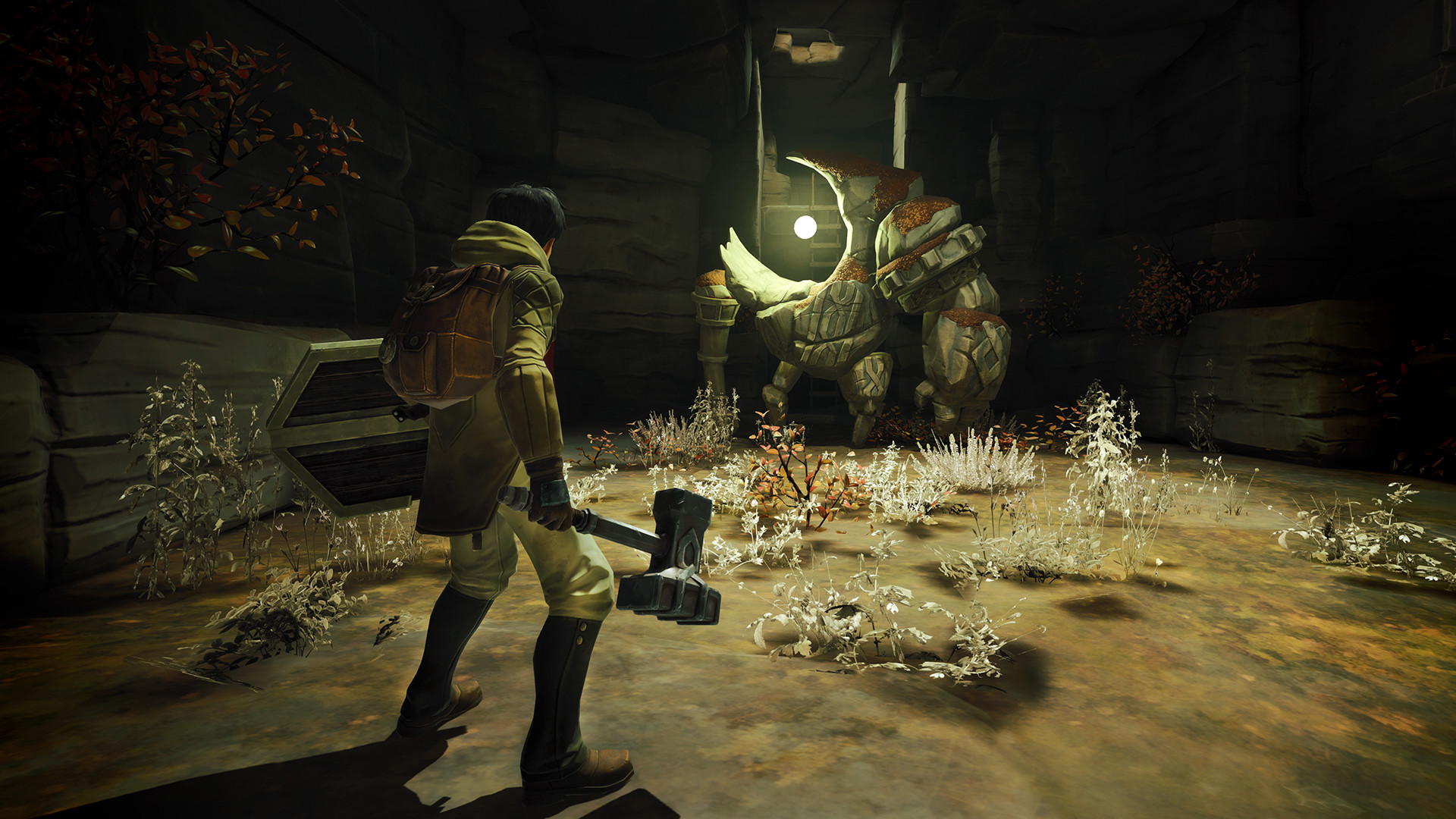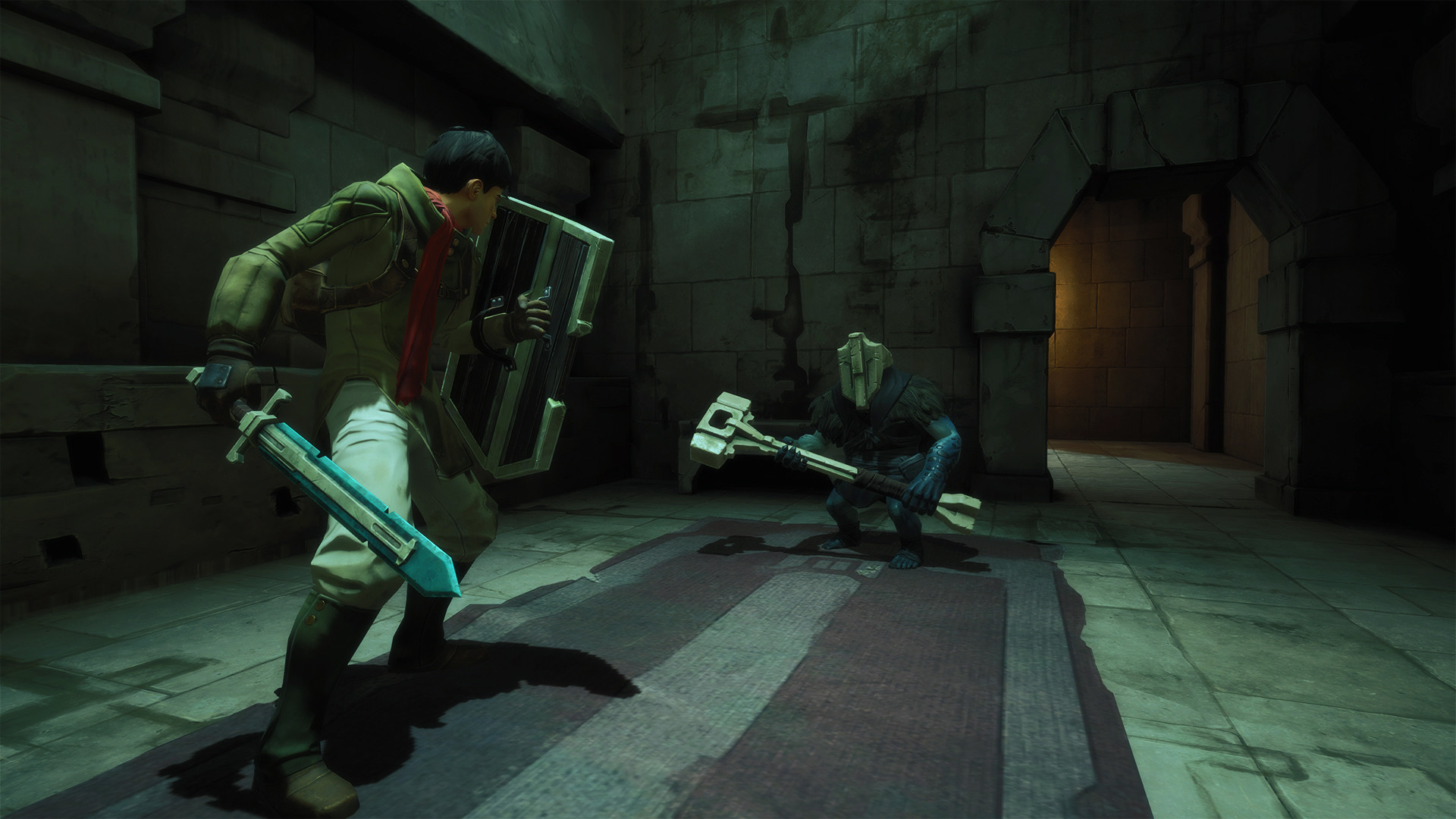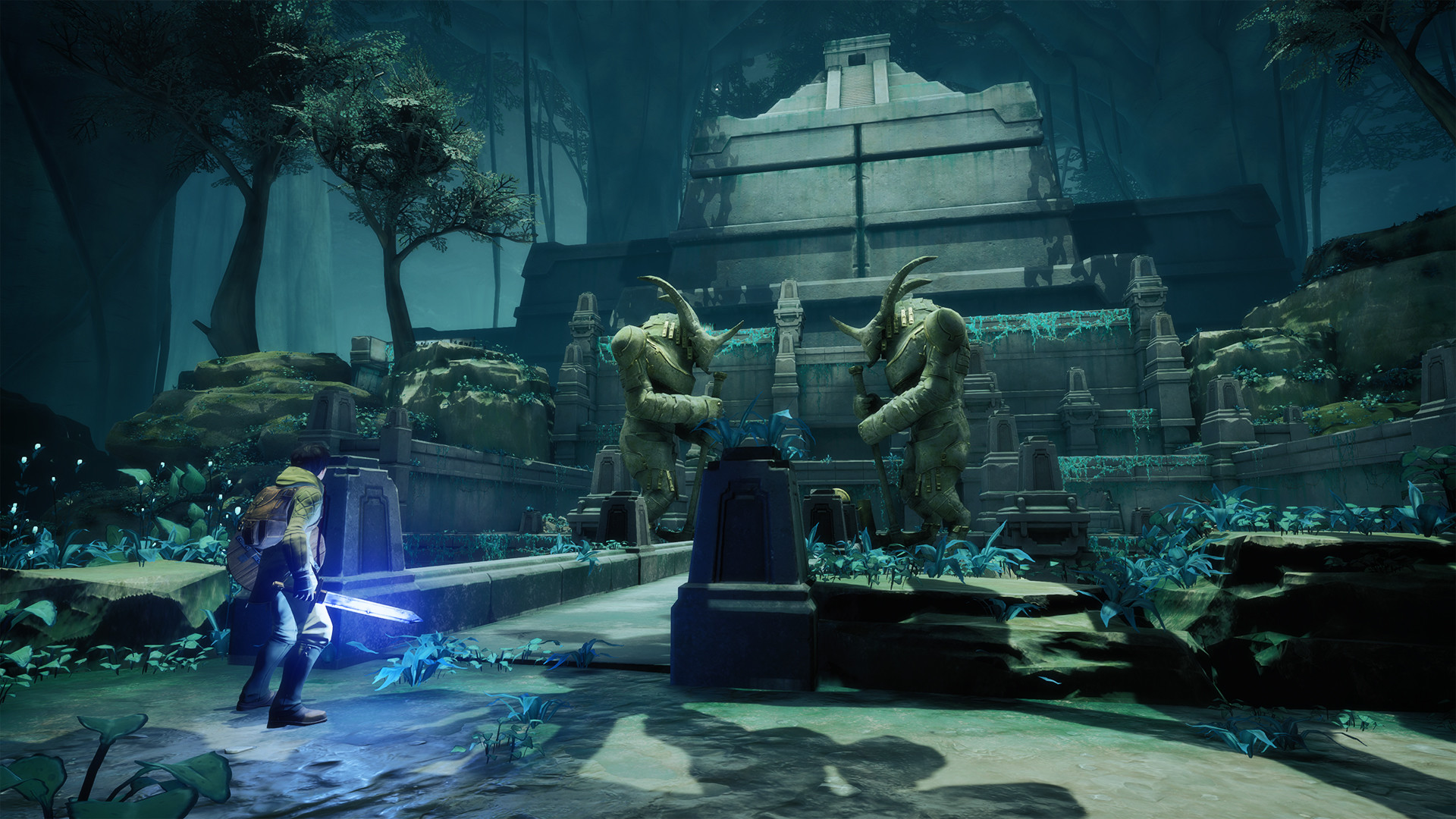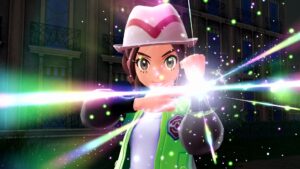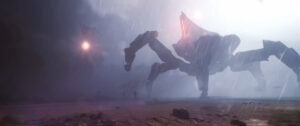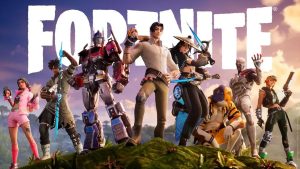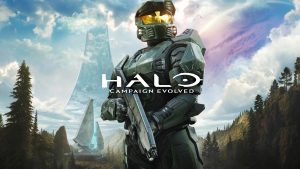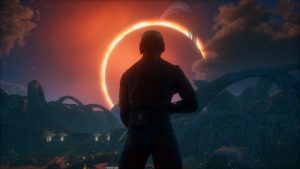
Remnant: From the Ashes was one of 2019’s best and biggest surprises. Though not exactly the year’s most high profile release, the game launched to strong reception from a player base that has continued to grow over the months. Developer Gunfire Games and publisher THQ Nordic clearly want to spend more time in that universe that they’ve created- and their next step in it is rather curious. Soon, they will be releasing Chronos: Before the Ashes, a prequel to Remnant that is, in fact, an overhauled version of their 2016 VR-exclusive game, Chronos. With a similar Souls-like structure and combat that promises to be brutal but satisfying, Chronos: Before the Ashes is definitely a game to look out for, and to learn more about it and what players can expect from it, we recently reached out to its developers with some questions. You can read our conversation with design director John Pearl and executive producer Reinhard Pollice below.
"We very intentionally followed the story and lore we set up in Chronos as we developed Remnant. This meant in Remnant, we expanded on the ideas and fleshed out elements from the world of Chronos."
Chronos: Before the Ashes is itself an overhauled version of 2016’s Chronos, so how much have you had to go back and change and add things to the story, given the fact that Before the Ashes is a prequel to Remnant?
John Pearl, Design Director: The story of Remnant: From the Ashes picks up just a month after the end of Chronos. We very intentionally followed the story and lore we set up in Chronos as we developed Remnant. This meant in Remnant, we expanded on the ideas and fleshed out elements from the world of Chronos. Sticking closely to this established lore meant we didn’t have to change much post Remnant except for a few dates on some journal logs and give things official names. An example of this would be the World Stones. We never specifically called them anything in Chronos, but we officially named them in Remnant, so we went back to make sure they were named properly.
Did having to remove VR from the experience result in any significant changes made to the game’s core design or mechanics?
Pearl: The biggest visible change from the VR version to this version is the change in the camera system. Chronos for VR was a launch title for the Oculus Rift and we were given the task by Oculus to create a VR experience that everyone could play without the worry of “VR sickness”.
Our solution ended up being stationary cameras that transitioned as you traveled around the world. For those not familiar with the VR version of Chronos, this is similar to the older Resident Evil games’ camera system. While the camera was static in those games, we treated the player’s head as the camera, allowing them to freely look around, but not move around. This ended up being a great solution and provided people with a very comfortable overall experience.
With Chronos: Before the Ashes, we went for a more traditional action game camera, behind the back of the player character. This was a pretty easy transition and feels right at home in the game.
Additionally, we gave the UI a major overhaul. The biggest change was we had to add a HUD to the game as persistent UI elements in VR are very distracting, so the VR version didn’t have a HUD.
Chronos: Before the Ashes’ combat has been described as “unforgiving and brutal”. The same could probably also be said for Remnant: From the Ashes, which also adopted a Souls-like structure in many ways. How much does Chronos have in common with Remnant in those regards?
Pearl: With Chronos, much like Remnant, the game was heavily inspired by Dark Souls and Bloodborne. One of the big differentiators between Chronos and Remnant, is Chronos is entirely focused on melee combat. Similar to Remnant and Dark Souls, you’re never taking on hordes of enemies, unless of course something went terribly wrong. Each encounter is meant to pose a challenge to the player as one wrong move can leave you open for an attack, and like Remnant, your healing options are limited.
The combat, however, is never meant to feel like a slog. Much like Remnant, we designed the combat to be challenging but we give you a lot of tools that once you master them, you can always remain in control of a combat encounter. In fact, fans of the combat of Darksiders 3 will find a lot of similarities with the combat in Chronos. The moment to moment combat is built around perfectly timed dodges and parries followed up by powerful arcane counters. The combat isn’t supposed to be as flashy as Darksiders since you’re just a human from a remote island and not a Horsemen of the Apocalypse.
Unlike Dark Souls games, we do offer difficulty settings. We really love the world and lore of our games and want as many people as possible to experience all of the story and cool moments we packed into the game. We offer an easier difficulty which is balanced to allow a player to get through the game’s story without punishing them. On the other end of that, we offer a hard difficulty that should feel closer to that “brutal” difficulty Souls fans look for in a game.
"Unlike Dark Souls games, we do offer difficulty settings. We really love the world and lore of our games and want as many people as possible to experience all of the story and cool moments we packed into the game."
Chronos: Before the Ashes’ ageing mechanic is perhaps one of its most unique and interesting elements. Can you talk about how much this affects gameplay and progression and time progresses, and how radically it can impact things such as abilities and skills?
Pearl: The aging mechanic plays a big part in Chronos as it affects how you upgrade stats and unlock skills. Every time you level up, you get a handful of attribute points to spend. Depending on your age, different attributes will cost more or less. The available attributes are Strength, Agility, Arcane and Vitality. So for example, starting out at age 18, strength and agility cost only a single attribute point while Arcane costs 3 points. Arcane is meant to represent the wisdom that comes with age, so early on in “life” it’s a harder attribute to obtain, thus the higher cost. As the player character dies and ages upon respawn, you’ll slowly see the costs associated with those attributes change. Strength becomes more expensive, but Arcane grows cheaper with age. Each of the attributes have a different cost depending on your given age.
In addition to this, at certain age milestones we offer up 3 skills for the player to choose from. These are quite varied and really offer different ways to build out your character. A couple examples are a skill that will give you a big boost to Arcane at a young age, and another is a skill that will give you a boost to strength at an old age. These are meant to be your chance to build out a stat that could be cost prohibitive at your current age. There are a lot of skills available and it’s not possible to unlock all of them in a single playthrough as once you choose one of the three, the other two options are no longer available.
In your view, is the ageing mechanic something that adds to Chronos: Before the Ashes’ replayability?
Pearl: The aging mechanic definitely adds to replayability in Chronos. As I mentioned, every couple of “years”, you must choose one of three age awarded skills but in doing so, you miss out on the other 2. Plus, if you want an Arcane build it’s better to let your character age to make it cheaper to upgrade Arcane. These decisions really do affect how you build out your character and where you put your focus. In addition to this, the different weapons in the game have different affinities to Strength or Agility. This means there are weapons that are preferable with agility builds and weapons that are strength focused. All of this means it’s impossible to upgrade every weapon and get all of the skills in a single playthrough.
How much variety can players expect from the game in terms of things such as enemies and weapons?
Pearl: There’s a good amount of combat variety in Chronos. There are six core weapon types to find throughout the game and each one has an affinity associated with it that leans towards Strength or Agility. This affinity determines how much of a bonus the weapon will receive from a given attribute. In addition to this there are 4 elemental stones that you can find and equip that will determine what kind of Arcane damage counter attacks and charged attacks do. These stones also determine what special ability is unleashed when the arcane meter is filled. For example, the Fire Stone envelopes your sword with fire and speeds up all your attacks for a short period of time. This plays an important role in the strategy of combat as well because different enemies have unique resistances to the different elements. So the observant player can poke around and figure out what elemental damage is best for fighting which foes and use that to their advantage in combat.
In addition to the weapons there are different Shields you can find. The starting shield is a good all-around shield, as it allows you to block and take a few blows before your block is broken. It also has an average parry speed for deflecting enemy attacks. There are two other shields that are more focused on different play styles. The buckler shield type offers little protection in terms of blocking but is extremely fast, allow skilled players to quickly parry enemy attacks with ease. On the opposite end is the wall shield which is slow to parry with but is great for blocking multiple attacks before leaving the player staggered.
Roughly how long is an average playthrough of Chronos: Before the Ashes?
Pearl: The length of a playthrough of Chronos can vary depending on the player’s skill level and how much time they spend exploring the world. Someone mainlining the story might finish around 12 hours, while someone interested in exploring all the lore and tracking down all the weapons will likely take 15 hours to complete the game.
"Chronos was originally intended to be a complete experience and has a rather “definitive” end to the Hero’s story arc. We have not made any updates or planned to do anything to change this."
Remnant: From the Ashes has, of course, enjoyed solid post-launch support. Do you have similar plans for Chronos: Before the Ashes, or is this supposed to be a more isolated experience?
Pearl: Chronos was originally intended to be a complete experience and has a rather “definitive” end to the Hero’s story arc. We have not made any updates or planned to do anything to change this. Remnant: From the Ashes picks up only a month after the events of Chronos, so we’d suggest people play that for more content in this universe, or if they’ve already played it, play it again!
Do you have any plans for dedicated releases for PS5 and Xbox Series X/S?
Reinhard Pollice, Executive Producer: Chronos will fully work on PS5 and Xbox Series X/S through the backward compatibility feature.
What frame rates and resolutions are you targeting on PS4 and Xbox One and their enhanced variants?
Pollice: We have a stable 30 FPS.
Similarly, what performance and resolution does the game target on the Switch in its docked and undocked modes?
Pollice: We render in 720p on handheld and 1600×900 in docked mode.
The PS5 features an incredibly fast SSD with 5.5GB/s raw bandwidth, which is faster than anything that is available out there. How can developers take advantage of this? How does this compare to Series X’s 2.4GB/s raw bandwidth SSD?
Pollice: This is the true advancement of this generation. Loading times can take so long and be troublesome to optimize for better loading times. I am convinced this is a great push.
The Xbox Series S features lesser hardware compared to Xbox Series and Microsoft is pushing it as a 1440p/60fps console. Do you think it will be hold up for the graphically intensive next-gen games?
Pollice: I understand the reasoning behind it. From a development perspective it’s always better to just focus on one spec. I am not sure if the market will adopt this model of having two next gen consoles.








